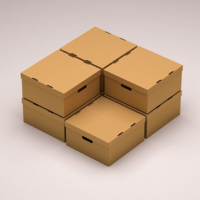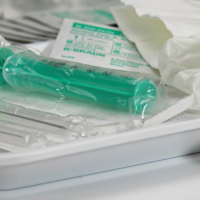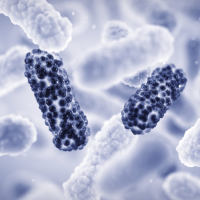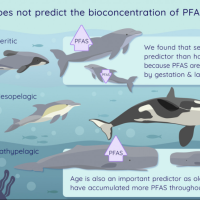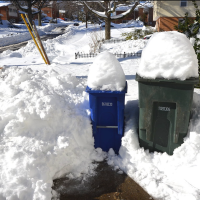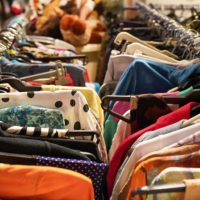Recycling and eyewash
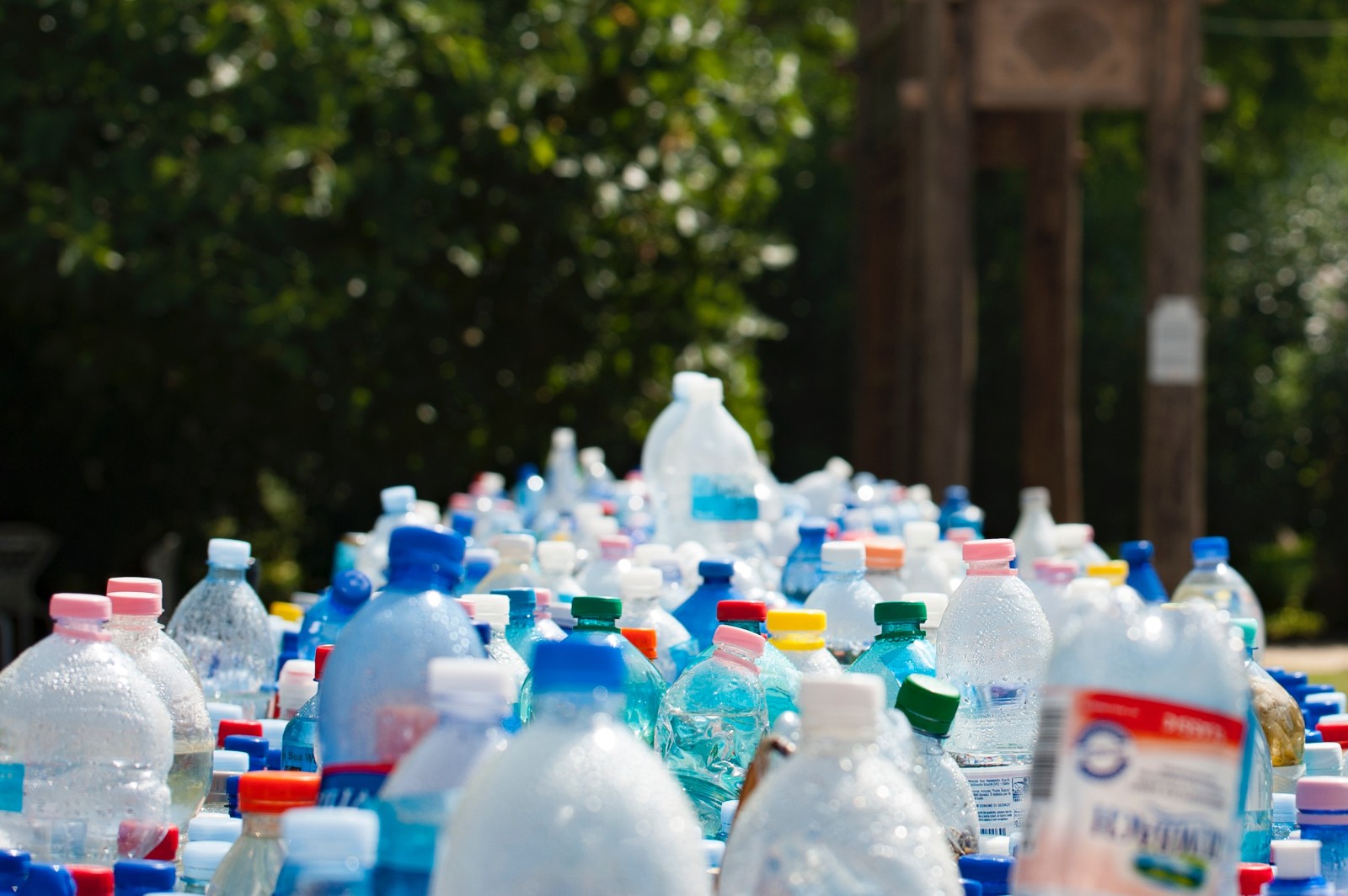
Representatives of HuMuSz took part in a media discussion in one of Budapest's paper factories. The factory utilizes Tetra Pak Rt waste - mainly production waste. Even the manager of the paper factory was not very enthusiastic about recycling Tetra Pak's waste because of the technological problems. Anyway, all this issue relates to is only 1% of the 800 million Tetra Pak boxes, namely 0.5% of the regained paper. This is the amount Tetra Pak requested support for from the National Product Fee Fund. We believe that this is yet another cunning PR manipulation and has nothing to do with environmental protection.
The program is run by two companies - the manager of Tetra Pak presented it as a recycling program which should be supported, while the representative of Dunapack called it an "experiment". However, our impression was that we had become the focus of a campaign in order to reform our views on recycling.
We were surrounded by pretty little publications which informed us that " Tetra Pak packaging is the optimal in resource management" " Tetra Pak products have almost no impact on the environment." " Tetra Brik box is one of today's most efficient ways of packaging because 97% is the contents and only 3% is packaging while an egg consists of 10% eggshell and 90% contents."
The Tetra Pak rep started his introduction with the customary frontal attack on returnable bottles. He described in detail how compared to the 28g Tetra Pak box, a 450g glass bottle is out of time, pollutes the environment and needs a large number of trucks for transport. This time he forgot to mention that yes, it even has to be washed. Nevertheless, he suggested rinsing it out at home after use in order to make it suitable for recycling. Later the marketing manager called my attention to the fact that this is now all existing practice, we should support it, and just pick up the pennies from the product tax.
HuMuSz's opinion? Tetra Pak and Dunapack (paper factory) recycling the combi-box in cooperation is nothing but white-washing and aims to mislead the public and make them accept a packaging technology which is a waste of resources and materials. Tetra Pak's basic interest is in giving the impression that by recollecting and recycling of a small proportion of their packaging waste they appear to the public as a using an environmentally friendly and all round solution.
Tetra Pak did not give answers to our questions which we put several times during the action:
- How many of the 600 million Tetra Pak cartons produced this year were collected and recycled by the company?
- The company presents their furniture-making activity as the peak of their recycling techniques. Where is the plant which deals with furniture? What is its yearly capacity? How many recollected carton were utilized there so far?
- If Dunapack utilizes only the clean leftovers from packaging production for Tetra Pak shopping bags, what did Tetra Pak do with the used cartons collected by pupils?
- Where do the plastic and aluminium components of the combi-carton go if Dunapack utilizes only the paper components?
- How much does Tetra Pak pay Dunapack for processing the carton ?
- Why does not Tetra Pak sell the cartons on deposit if it really is to be reused later?
- How much more would a Tetra Brik carton cost if a well-organized system of recollection, transport and utilization would be set up?
- For whom and for what is the "non-profit" milk action for schools useful, if the packaging costs almost the same as the milk inside?
- How much more milk would be consumed by children if loose milk was available in schools for its appropriate price?
- What opinion will pupils form of adults if they realize that Tetra Pak made them collect boxes and then simply dumpd them?

